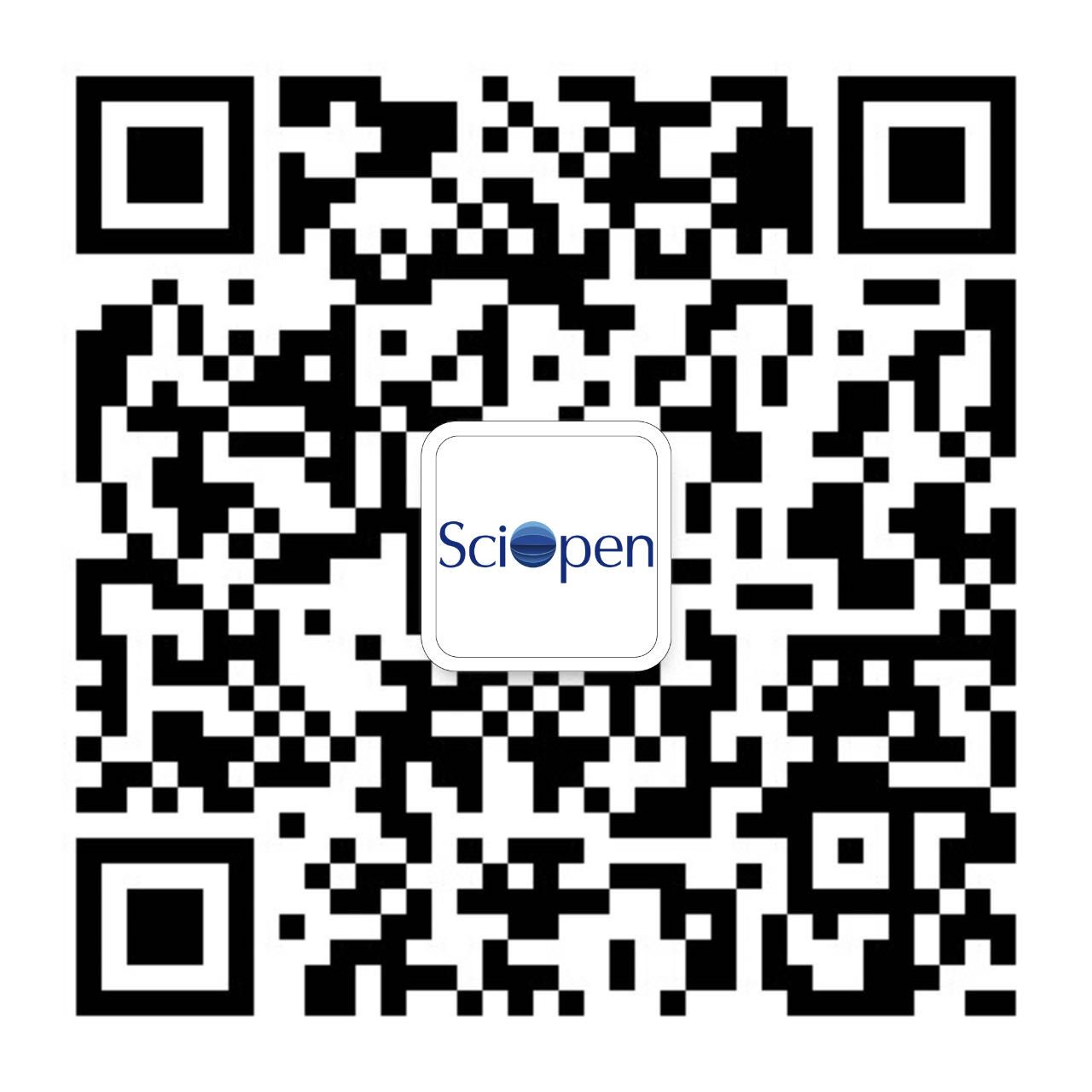The development of organometal-oxo molecular cages remains challenging due to the difficulties associated with constructing novel structures through conventional bottom-up self-assembly methods. In this study, we present a rationally designed approach to construct the first family of novel fortress-like alkyl-Sn12 molecular cages with size of ~ 0.8 × 0.7 nm. Utilizing an open hollow framework as a structural model, we employed a ligand regulation strategy to modify the skeleton and successfully create closed alkyltin-oxo molecular cages. Unlike previously reported football-shaped cages that solely feature alkyl or phenyl groups, our fortress-like alkyl-Sn12 molecular cages are functionalized with various targeted π-conjugated bifunctional O/N ligands. This tunable functionalization allows us to explore the relationship between structure and nonlinear optical limiting (OL) properties at the nanoscale. The OL properties of these cages are influenced by the electron-donating or -withdrawing abilities of the ligands and the distance between adjacent cages (d(cages)). Additionally, the heavy atom substitution effect plays a significant role in the nonlinear OL response. Notably, the CTGU-SnC-9 cage exhibits the best nonlinear OL performance, attributed to its electron-donating groups and the large d(cages) value, outperforming both reported tin-oxo clusters and many other metal-oxo clusters/cages. This work provides new insights into the innovative construction and modulation of optical properties in organometal-oxo molecular cages.
 Open Access
Research Article
Issue
Open Access
Research Article
Issue
 Open Access
Research Article
Issue
Open Access
Research Article
Issue
The detailed elucidation of structure–property relationships at the molecular level in metal nanoclusters is highly valuable for advancing structure design and optimizing performance. However, effectively manipulating metal nanoclusters’ physical and chemical properties at the single-molecule level remains a significant challenge. Here, we demonstrate that single-molecule chemistry can effectively control the third-order nonlinear optical (NLO) performance of structurally precise copper nanoclusters. We present two analogous clusters, [Cu25(RS)18H10]3− (Cu25) and [Cu26(RS)18H10(PPh3)]2− (Cu26, where RSH is 2-fluorobenzenethiol), whose structures were determined in this study. Both clusters feature a Cu13 core in a centered cuboctahedron configuration with similar shell structures. However, Cu26 includes an additional PPh3Cu+ unit. This single structural difference significantly changes their properties, including optical characteristics and stability. Compared to Cu25, Cu26 exhibits enhanced optical limiting (OL) activity. Theoretical calculations indicate that the substantial electron transfer from the PPh3 ligand to the metal core enhances the NLO performance of Cu26. This study highlights the potential of structurally precise copper nanoclusters as OL materials and advances the understanding of nanoparticulate material fabrication using a single-molecule strategy.
 Open Access
Research Article
Issue
Open Access
Research Article
Issue
Studies on the preparation, structures, and properties of heterometallic complexes are currently of great interest because of their emergent synergistic properties. Although both rare earth and aluminum oxo clusters have been developed, only a few heterometallic compounds combine the two clusters. In this study, using “ligand-controlled partial hydrolysis”, we synthesize three hat-shaped cationic Al9Ln7 (Ln = Ce, Pr, Nd) clusters comprising tetrameric cubane units. Their unique vertex-to-edge-sharing arrangements have not been reported in either rare earth or aluminum oxo clusters. Apart from single-crystal X-ray diffraction, these compounds were characterized by Fourier transform infrared spectroscopy, powder X-ray diffraction, thermogravimetric analysis, and energy dispersive spectroscopy. Al9Ln7 clusters could serve as efficient catalysts for aldol condensation reactions between acetone and p-nitrobenzaldehyde under mild conditions, with an excellent yield of 86% by AlOC-129Ce.







 京公网安备11010802044758号
京公网安备11010802044758号